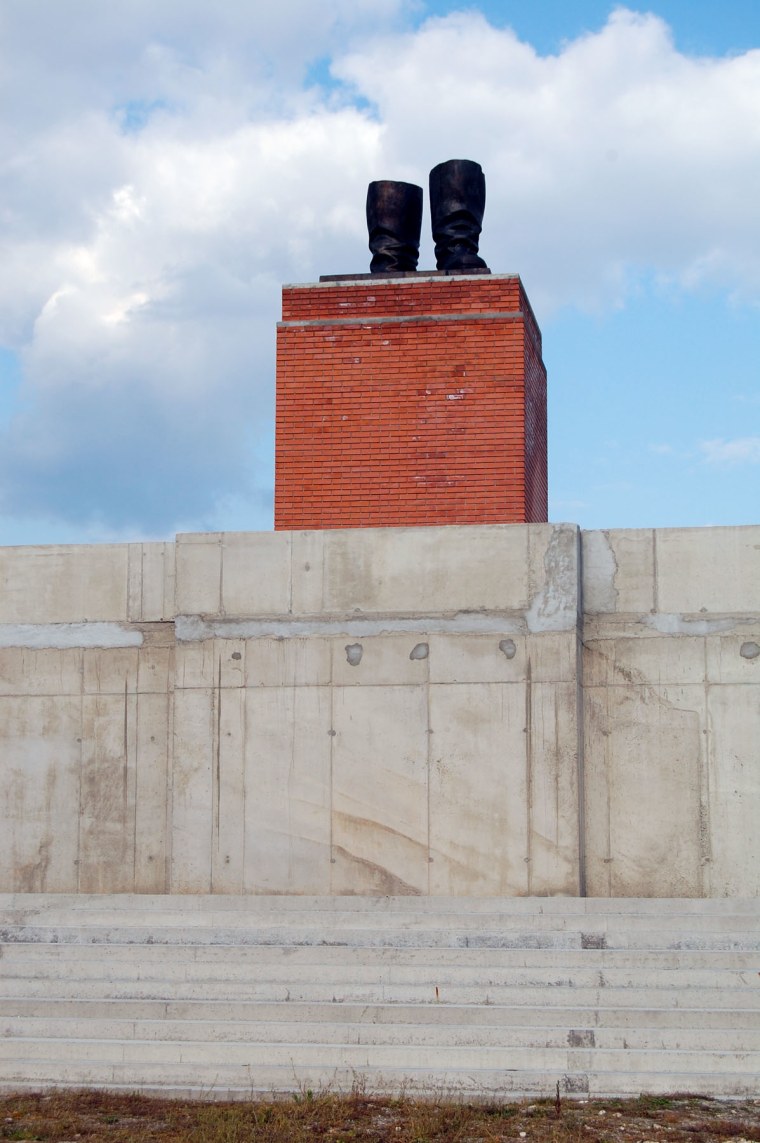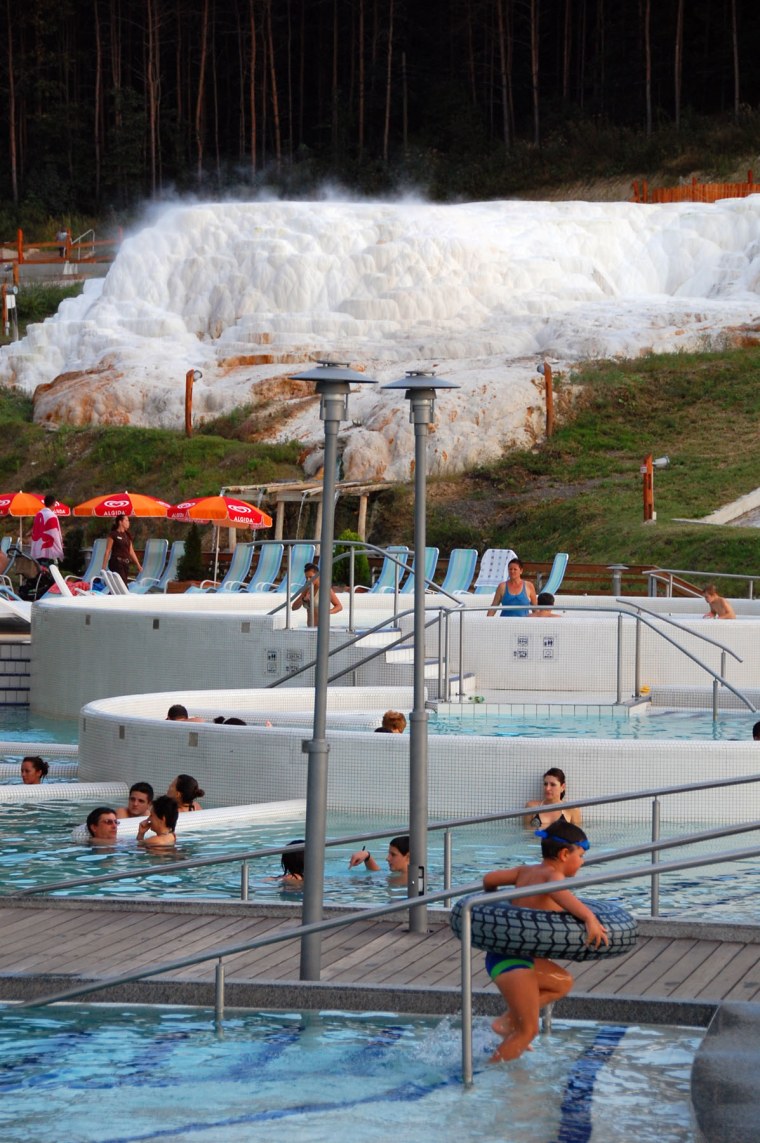From the Czech Republic to Greece, the eastern part of Europe is changing so fast that you could visit every year and feel as if you've experienced something completely new. As the European Union subsidizes development in its relatively poorer countries, lots of EU money is flowing east. With this financial aid and the release of so much pent-up energy in the last generation, there's plenty of good news for travelers in 2009.
In countries formerly dominated by communism, people are now comfortable confronting that part of their history. New museums and exhibits devoted to the era are cropping up all over. Budapest's former "Statue Park," a motley collection of communist statues at the edge of town, has been expanded and re-branded "Memento Park." They've added a replica of "Stalin's Tribune," a giant platform once used for communist processionals — the once 25-foot-tall statue of Stalin at its top was cut off at the knees during Hungary's 1956 Uprising, so this version includes only his boots. Temporary exhibits are housed in rough barracks built to resemble those used at Hungary's gulag-like communist prison camps.
The streets of Budapest, Hungary's capital city, are going traffic-free. Zrinyi utca, which stretches from St. Istvan's Basilica to the Danube, is now a gorgeous pedestrian mall. And the city's opulent coffee house from the 1890s — the New York Cafe — recently reopened after decades of neglect. Today, after extensive restoration, it's the most lavish setting in Hungary (and arguably Central Europe) in which to enjoy an $8 cup of coffee.
Elsewhere in Hungary, outside the city of Eger, the brand-new Salt Hill Thermal Spa complex awaits. The spa combines a cutting-edge bath complex (with 12 indoor pools and five outdoors), a natural terraced formation created by mineral-rich spring water, and a giant hotel still under construction. It's the most modern thermal bath in Hungary, and although it lacks the old-fashioned class of Budapest's spas, it trumps them in user-friendliness and overall wet R&R.
The Czech Republic, like many other countries in Europe, has opened its borders, so you can simply zip to and from neighboring countries without stopping for a passport check.
Neighboring Slovakia kicked off the year by adopting the euro currency — if you have any old Slovak koruna rattling around in your change drawer, they're now souvenirs of a bygone era. The Slovak capital of Bratislava — long panned as one of Europe's dullest capitals — is becoming "the next Berlin" on a smaller scale. Bratislava's strategic position on the Danube makes it an easy commute (or day trip) from Vienna by train or fast boat, prompting Bratislava and Vienna to work together to create a new "twin city" commerce super-zone. Bratislava's Old Town is enjoying steady improvement, and the city's hilltop castle is getting a major facelift (most of it will be closed for the next few years as long-destroyed outbuildings and gardens are replaced and the whole complex painted a pretty Habsburg yellow). But the biggest changes are slated for prime undeveloped real estate next to the Old Town and along the Danube: Foreign investors plan to pour billions of euros into the area, erecting a skyline of 600-foot-tall skyscrapers and a clutch of glittering new mega-malls.

In Greece, Athens continues to upgrade its urban landscape, carrying forward a new wave of improvements sparked by the 2004 Olympic Games. The New Acropolis Museum, a glassy modern temple for ancient art, is set to open in June. Located at the foot of the Acropolis, the new museum houses artifacts and exhibits that were previously in the old hilltop museum (now closed). The Greeks are up-front with their hope that some day the new museum will also house the famous Elgin Marbles, now on view at the British Museum in London. They've actually built a room in anticipation of the (unlikely) return of those treasures — which many Greeks consider British plunder. Cafes, street vendors, and frequent special events now border three sides of the Acropolis, thanks to expansion of the nearby pedestrian walkways of Dionysiou Areopagitou and Apostolou Pavlou.
Transportation connections in Greece are improving as the government builds new roads and railways with the help of EU subsidies. High-speed rail lines are being laid that will connect Athens to Patra (which has ferry links to Italy) and Thessaloniki. The Thessaloniki line will eventually extend all the way to Istanbul, as the vision of a futuristic all-European rail network speeds closer and closer to reality.
Eastern Europe offers the well-traveled a variety of intriguing places to visit that are easier on a bank account than some other European countries, as well as a chance to observe rapidly changing cultures as they settle into the European Union of the 21st century.
( writes European travel guidebooks and hosts travel shows on public television and public radio. E-mail him at , or write to him c/o P.O. Box 2009, Edmonds, Wash. 98020.)
